
We realize that by now you’ve probably caught up on the
basics of the 2020
Porsche Taycan after it was revealed on Wednesday. For instance, you
know that Porsche designed the Taycan around a new 800-volt electrical architecture,
that it offers a suite of advanced suspension systems, and that Porsche stuck
to a mantra of repeatable performance in the Turbo
or Turbo S versions that were shown.
But wait, there’s more. Two weeks ago we attended a
confidential backgrounder about the Taycan, in which Porsche revealed much more
than basic specs. With insight gained there about why Porsche did things the
way it did, we bring you six more surprising tech details of the 2020 Porsche
Taycan.
It’s front-wheel drive sometimes.
When set to Range mode and running in light-load, low-speed
cruising conditions, the Taycan decouples the rear motor and moves along with
its smaller front motor to be more efficient. But you’ll likely never know as
the rear motor reaction time is down to single milliseconds—a tenth the time it
takes conventional all-wheel drive to respond, according to Porsche. This
strategy is similar to what’s used in the Tesla Model S with the revamped power
systems it received earlier this year.
A transmission you can’t shift.
The two-speed gearbox used for the rear was designed
internally at Porsche and chosen for its combination of super-strong launch
capability and its ability to accommodate all 450 pound-feet of torque that the
Turbo S’s rear motor can deliver. The gearbox can handle some motor torque
while it’s shifting, and it can perform the shift almost as quickly as a
dual-clutch gearbox, Porsche says. Probably the weirdest thing of
all—especially from a sports-car brand—is that you won’t have specific control
over when those shifts occur. Porsche says it depends on driving style and the
drive mode: In Sport+, the Taycan will stay in first all the way to 65 mph
before shifting, but it avoids first completely in the Taycan’s Range mode.
One-pedal driving? Forget about it.
Tesla has embraced one-pedal driving, and so have several
automakers with electric vehicles, such as BMW and Jaguar. But Porsche has no
plan to go with one-pedal driving—even in a more aggressive performance
modes—in the 2020 Taycan.
Why? Simply put, the sports-car maker believes that it’s
more efficient to coast, and leaving the strong deceleration for the brake
pedal is a better choice for performance. Head over to Green
Car Reports for a deeper dive as to why.
It whistles while you work.
Should electric cars make noise
nside the car? Outside the
car? Electric-vehicle enthusiasts are split on those questions.
For Porsche, the answer on both counts is yes—but in the
Taycan’s case, it’s just as a tease. During a high-spirited driving demonstration
with the cars two weeks ago at the Porsche Experience Center in Atlanta, we
could hear the high-pitched whine of the motors, and perhaps the whir of
its reduction gears, from many car lengths away.
The cabin ambiance was the surprising part. Porsche has
sought to exorcise the high-pitched whine, which can be exhausting on long
trips, while keeping some of the other sounds. Check an option box and you can
get the Porsche Electric Sport Sound, which uses the audio speakers to play a
well-coordinated sound supplement that takes it down an octave or two to a
low-pitch whistle that still sounds electric.
So many screens, so few buttons.
Porsche gave some early indications that it was planning to
streamline the Taycan’s interior. To make performance driving easier, the
company's interiors have always put information directly in front of the
driver. The way those philosophies come together in
the production Taycan interior is anything but minimalist. Porsche
shed nearly all tactile buttons and is equipping the Taycan with up to five
screens. The rundown:
-A reconfigurable screen directly in front of the driver
serves the function of a gauge cluster
-The largest, a central 10.9-inch touchscreen in the middle of the dash, serves as the go-to point for navigation, audio, and more
-A screen below that houses climate controls and includes haptic feedback as well as writing recognition
-Over to the far right, an individual screen allows the passenger to help navigate or play DJ
-At the back of the console, another screen for rear climate settings.
-The largest, a central 10.9-inch touchscreen in the middle of the dash, serves as the go-to point for navigation, audio, and more
-A screen below that houses climate controls and includes haptic feedback as well as writing recognition
-Over to the far right, an individual screen allows the passenger to help navigate or play DJ
-At the back of the console, another screen for rear climate settings.
Your own icebreaker, if the car isn’t enough.
The Taycan’s charging door design is power-operated and has
its own icebreaker—a conversation starter, but really, also an icebreaker. When
the door is frozen over, it will rattle itself back and forth with double the
normal amount of torque. The Taycan has two of them, just behind the front
wheel wheels. DC fast charging is on the left side, while AC charging is on the
right.
source: https://www.motorauthority.com/news/1124907_2020-porsche-taycan-electric-car-6-more-tech-tidbits
by Bengt Halvorson
http://www.boscheuropean.com
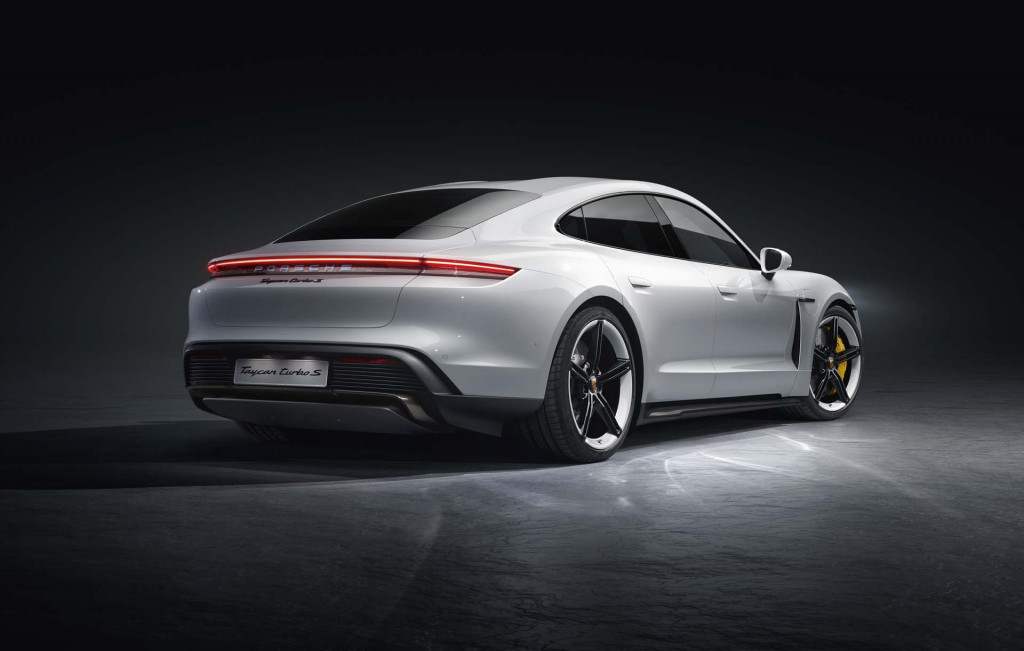
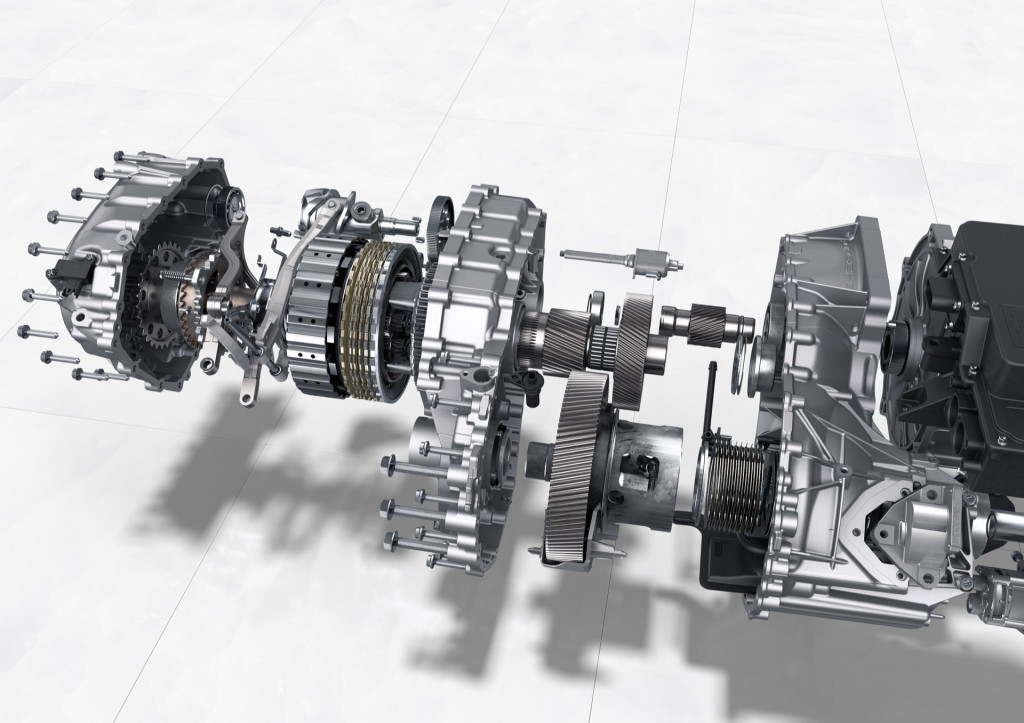
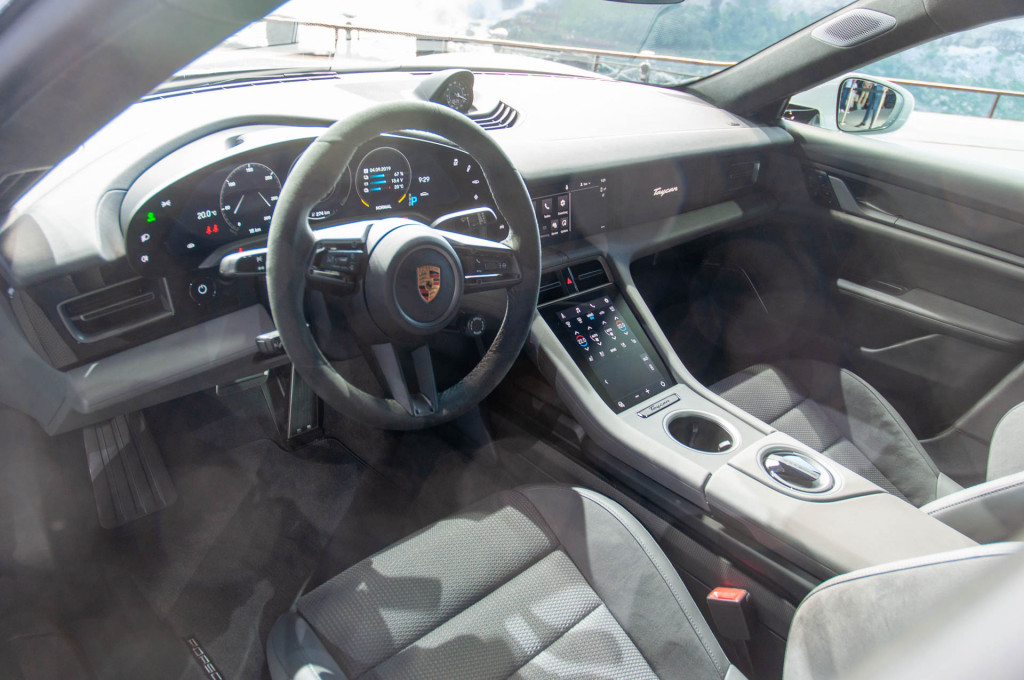
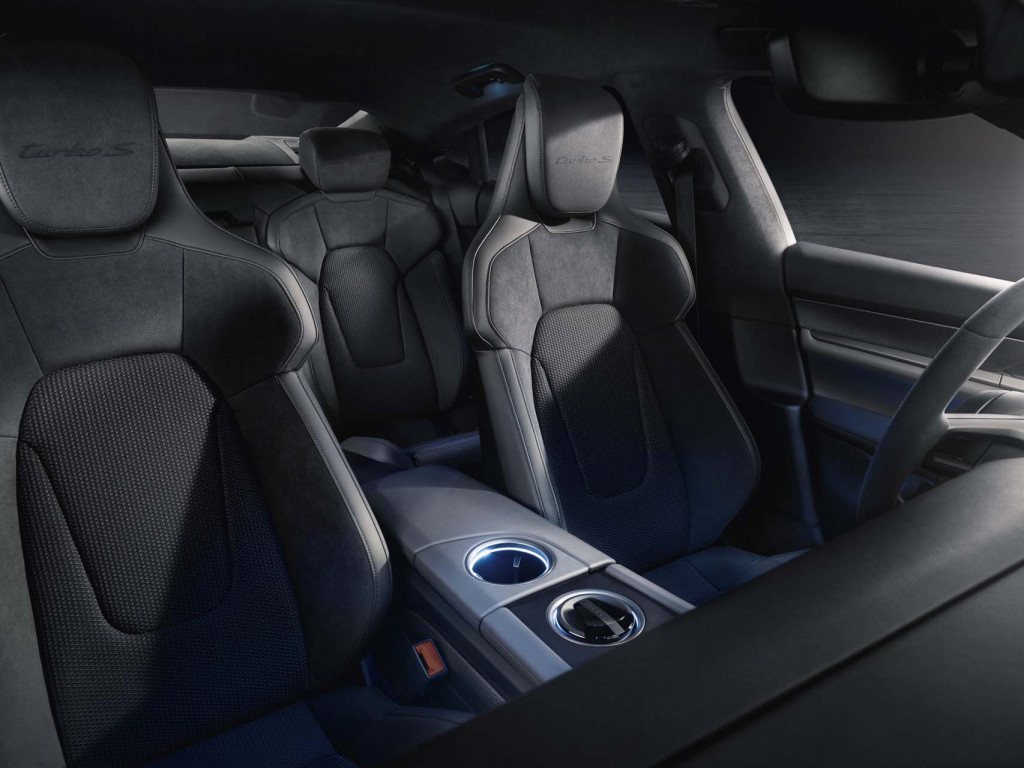
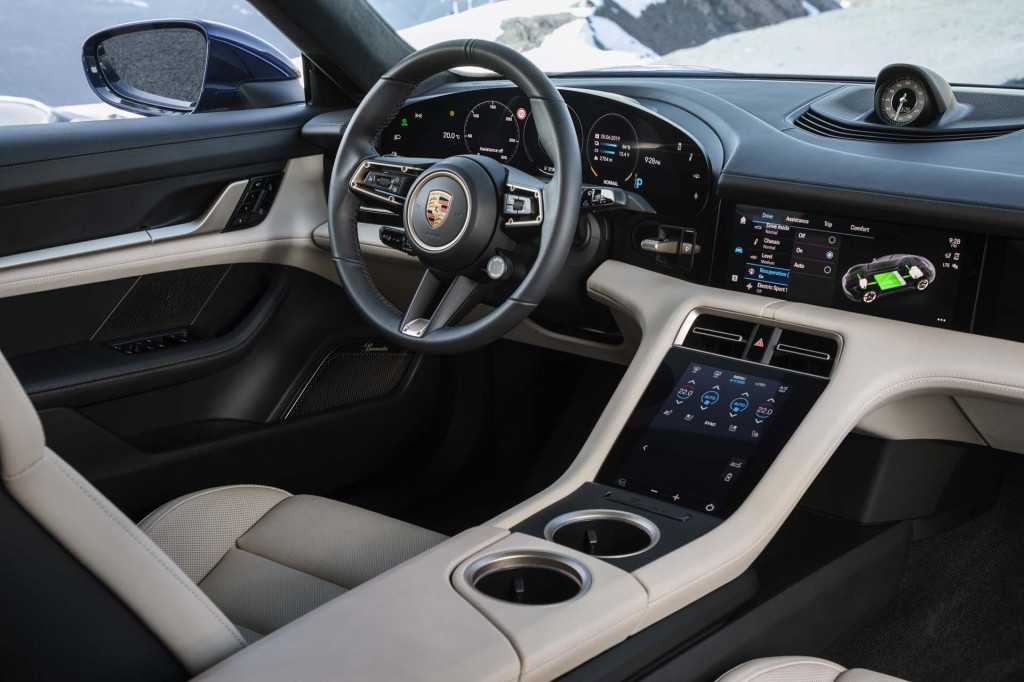
No comments:
Post a Comment